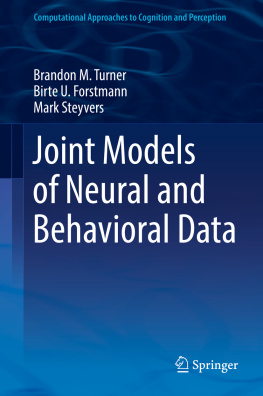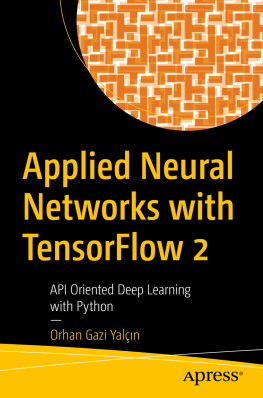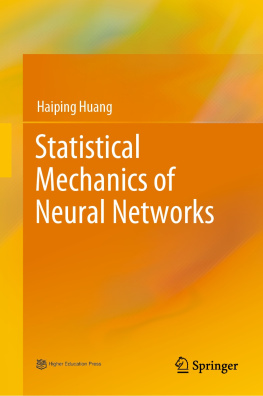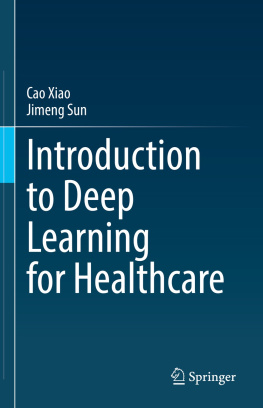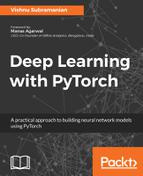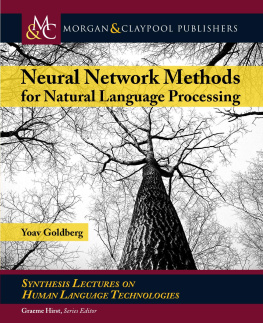Brandon M. Turner - Joint Models of Neural and Behavioral Data
Here you can read online Brandon M. Turner - Joint Models of Neural and Behavioral Data full text of the book (entire story) in english for free. Download pdf and epub, get meaning, cover and reviews about this ebook. year: 2019, publisher: Springer International Publishing, genre: Home and family. Description of the work, (preface) as well as reviews are available. Best literature library LitArk.com created for fans of good reading and offers a wide selection of genres:
Romance novel
Science fiction
Adventure
Detective
Science
History
Home and family
Prose
Art
Politics
Computer
Non-fiction
Religion
Business
Children
Humor
Choose a favorite category and find really read worthwhile books. Enjoy immersion in the world of imagination, feel the emotions of the characters or learn something new for yourself, make an fascinating discovery.
- Book:Joint Models of Neural and Behavioral Data
- Author:
- Publisher:Springer International Publishing
- Genre:
- Year:2019
- Rating:5 / 5
- Favourites:Add to favourites
- Your mark:
- 100
- 1
- 2
- 3
- 4
- 5
Joint Models of Neural and Behavioral Data: summary, description and annotation
We offer to read an annotation, description, summary or preface (depends on what the author of the book "Joint Models of Neural and Behavioral Data" wrote himself). If you haven't found the necessary information about the book — write in the comments, we will try to find it.
Joint Models of Neural and Behavioral Data — read online for free the complete book (whole text) full work
Below is the text of the book, divided by pages. System saving the place of the last page read, allows you to conveniently read the book "Joint Models of Neural and Behavioral Data" online for free, without having to search again every time where you left off. Put a bookmark, and you can go to the page where you finished reading at any time.
Font size:
Interval:
Bookmark:
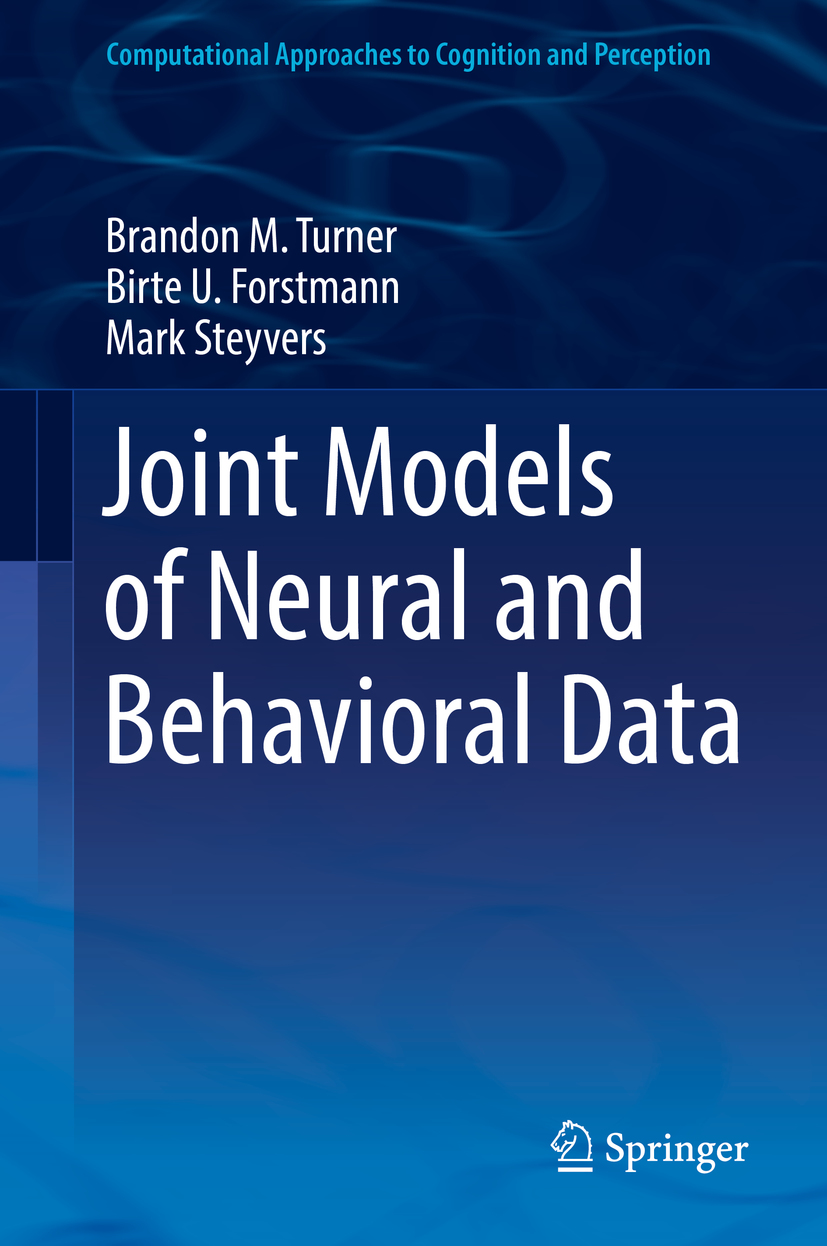
Computational Approaches to Cognition and Perception is a series that aims to publish books that represent comprehensive, up-to-date overviews of specific research and developments as it applies to cognitive and theoretical psychology. The series as a whole provides a rich foundation, with an emphasis on computational methods and their application to various fields of psychology. Works exploring decision-making, problem solving, learning, memory, and language are of particular interest. Submitted works will be considered as well as solicited manuscripts, with all be subject to external peer review.
Books in this series serve as must-have resources for Upper-level undergraduate and graduate students of cognitive psychology, theoretical psychology, and mathematical psychology. Books in this series will also be useful supplementary material for doctoral students and post-docs, and researchers in academic settings.
More information about this series at http://www.springer.com/series/15340

This Springer imprint is published by the registered company Springer Nature Switzerland AG
The registered company address is: Gewerbestrasse 11, 6330 Cham, Switzerland
To Kat, the one known quantity amidst the randomness .
BMT
Psychologists know well that understanding and predicting human behavior are incredibly difficult. Likewise, neuroscientists are acutely aware of how difficult it is to explain how behavior is implemented by neural mechanisms. One tantalizing possibility is that tackling both of these challenges simultaneously may be more tractable than addressing each separately at its own level of analysis. Although this ambitious and integrative path may seem fantastical, if constraints and relationships exist across measures, then this enterprise has hope.
To make this hope a reality requires powerful and transparent methods to link measures across levels of analysis in a way that can support inference and model comparison. The authors provide just such a recipe in this book, walking the reader through the motivation, background, math, and code and how to interpret results step-by-step. The solution is joint modeling, which simultaneously analyzes multiple brain and behavioral measures within a shared formal framework, allowing their relationships to inform model fitting and inference.
With joint modeling, one can potentially predict behavior in a task better by incorporating brain measures. For example, trial-by-trial fluctuations in EEG signals could indicate how prepared a person is to respond, which could capture variance in response times. Likewise, multiple brain measures could be incorporated to take advantage of the relative strengths of each. For example, fMRI has good spatial resolution but poor temporal resolution, whereas EEG has the mirror pattern of strengths and weaknesses. Joint modeling can pool multiple measures, whether they are behavioral or neural, to improve estimates. When data are missing for a trial, joint modeling can impute the missing value.
In this book, the practicalities of how to do joint modeling are covered, such as how to evaluate whether joint modeling is adding anything on top of considering measures in isolation. The authors start with simple illustrative examples, which include accompanying code, to build the readers intuitions and ability to formulate their own models. To appreciate what is possible with joint modeling, a chapter is devoted to considering published examples. Finally, potential solutions to future challenges, such as scaling the approach to more complex problems that involve relating numerous model parameters and brain regions, are discussed. The relationship of joint modeling to alternative approaches concerned with bridging levels of analysis is also covered.
As the field transitions toward considering ever-richer and larger datasets, mastering analysis techniques such as joint modeling will become increasingly important. The authors, who are pioneers and leaders in this area of research, are ideally positioned to guide the reader on this journey. Of course, the journey will be easiest for those with familiarity with basic concepts from graphical models, model fitting and evaluation, and Bayesian methods, but it is also worth the ride for others who are willing to work through these preliminaries using the provided code snippets. Mastering the concepts in this book should be rewarding because this knowledge will provide the means for one to build their own models that link the brain and behavior. Only a decade or so ago, bridging these levels of analysis seemed farfetched, but now, with techniques such as joint modeling, it is within reach. Hopefully, readers of this book can add to this integrative and growing area of research.
This work was supported by a National Science Foundation Integrative Strategies for Understanding Neural and Cognitive Systems Collaborative Research Grant (1533500 and 1533661) and by an ERC Starting Grant from the European Research Council.
Font size:
Interval:
Bookmark:
Similar books «Joint Models of Neural and Behavioral Data»
Look at similar books to Joint Models of Neural and Behavioral Data. We have selected literature similar in name and meaning in the hope of providing readers with more options to find new, interesting, not yet read works.
Discussion, reviews of the book Joint Models of Neural and Behavioral Data and just readers' own opinions. Leave your comments, write what you think about the work, its meaning or the main characters. Specify what exactly you liked and what you didn't like, and why you think so.

